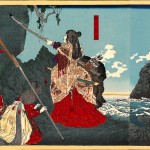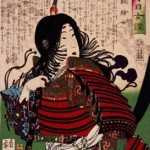I want to share with you a line from one of my poems: Sexism is the last racism What do I mean by this? Sexism has proved itself to be the last bastion of prejudice. From the first question we ask when babies are born, “boy or girl?” to the language we speak, the way we act (which for my money is also language), to legal and political rights and privileges. This is every country, every nation, everywhere. male forms If you’re questioning this, good.… Continue reading →
New Year, Old Thoughts




